Introduction
Winemaking, an ancient and intricate art, has fascinated humans for millennia. From the fertile vineyards of France to the sun-drenched hills of Italy, grapes have been the cornerstone of wine production across the globe. But how much wine can one actually expect to yield from a given quantity of grapes? This question, particularly when posed in terms of traditional units like “jin” (a Chinese measurement roughly equivalent to 500 grams), invites a closer examination of the winemaking process and the various factors that influence yield. In this article, we will delve into the intricacies of grape-to-wine conversion, exploring how much wine can be produced from one jin of grapes, while also considering the broader context of winemaking practices and their impact on final output.
Understanding the Basics of Winemaking
Before diving into the specifics of yield, it’s crucial to grasp the fundamental steps involved in winemaking. The process begins with the selection and harvesting of grapes, typically done during the ripening season when the grapes have reached their optimal sugar content. Once harvested, the grapes undergo various stages including destemming, crushing, fermentation, aging, and bottling. Each of these steps plays a vital role in determining the quality and quantity of the final wine product.
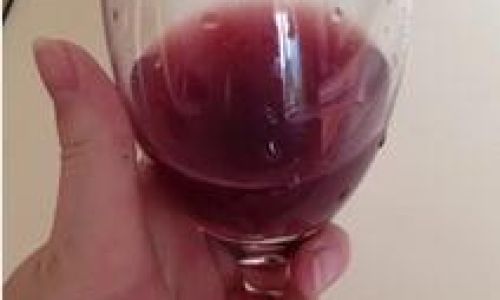
-
Harvesting: The timing of the harvest is crucial as it directly affects the sugar levels and overall flavor profile of the grapes. Early harvesting can result in wines with lower alcohol content and more acidic flavors, while late harvesting yields grapes with higher sugar levels, leading to wines with richer flavors and higher alcohol content.
-
Destemming and Crushing: After harvesting, the grapes are usually destemmed to remove the stems, which can add unwanted bitterness to the wine. The grapes are then crushed to release the juice, which contains the natural sugars, acids, and other compounds essential for fermentation.
-
Fermentation: This is the biological process where yeast converts the sugars in the grape juice into alcohol and carbon dioxide. The type of yeast used, as well as the temperature and duration of fermentation, can significantly influence the wine’s characteristics.
-
Aging: Following fermentation, the wine may be aged in barrels, tanks, or bottles to develop its complexity and flavor. Aging can range from a few months to several decades, depending on the desired style of wine.
-
Bottling: Once the wine has reached its desired maturity, it is bottled and prepared for consumption.
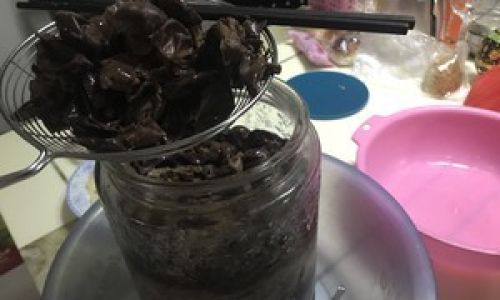
Factors Influencing Wine Yield
The amount of wine produced from a given weight of grapes is influenced by several factors, including grape variety, vineyard management practices, climate, and winemaking techniques.
-
Grape Variety: Different grape varieties have varying juice contents and sugar levels. For instance, some varieties like Cabernet Sauvignon and Merlot are known for their thick skins and high tannins, which may not yield as much juice as other varieties like Pinot Noir or Chardonnay, which have thinner skins and higher juice content.
-
Vineyard Management: Practices such as pruning, irrigation, and fertilization can affect the health and productivity of the vines. Well-managed vineyards tend to produce healthier grapes with higher juice yields.
-
Climate: The climate of the vineyard region plays a pivotal role. Warm, sunny climates promote ripening and sugar accumulation in the grapes, while cooler climates may result in grapes with lower sugar levels and higher acidity.
-
Winemaking Techniques: The methods employed during winemaking, such as the type of yeast used, fermentation temperature, and aging process, can also impact the final yield. For example, extended maceration (the process of leaving the grape skins, seeds, and stems in contact with the juice for an extended period) can extract more flavor compounds but may not necessarily increase the volume of wine produced.
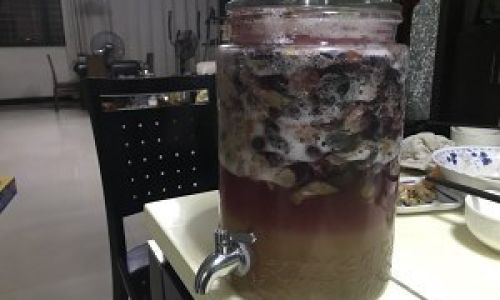
Conversion Ratios: From Grapes to Wine
Determining the exact conversion ratio from grapes to wine is not straightforward due to the aforementioned variables. However, a general estimate can be made based on average conditions and typical winemaking practices.
On average, one jin (500 grams) of grapes can yield approximately 300 to 400 grams of wine, depending on the factors mentioned earlier. This estimate assumes the use of standard winemaking techniques and average grape quality. It’s important to note that this is a rough approximation and actual yields can vary widely.
For instance, if the grapes are particularly juicy and high in sugar, the yield may be closer to the higher end of this range. Conversely, grapes with thicker skins, lower sugar levels, or those subjected to adverse growing conditions may yield less wine.
Practical Considerations in Winemaking
In practical winemaking, the focus is often not solely on maximizing yield but also on producing high-quality wine. Winemakers carefully balance the various factors to ensure that the final product meets their quality standards. This may involve sacrificing some yield to achieve the desired flavor profile, texture, and balance.
Moreover, the economic aspects of winemaking must also be considered. The cost of grapes, yeast, barrels, and other inputs, as well as the labor involved in each stage of production, can significantly impact the overall profitability of the operation. Therefore, winemakers often strive to find the optimal balance between yield and quality to maximize their return on investment.
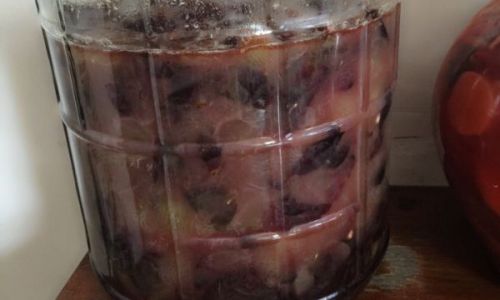
The Role of Technology in Enhancing Yield and Quality
Modern technology has played a pivotal role in advancing winemaking practices. From precision viticulture, which uses data analytics to optimize vineyard management, to advanced fermentation control systems, technology has enabled winemakers to fine-tune their processes and achieve more consistent and predictable results.
For example, the use of optical sorting machines can help remove underripe or damaged grapes before fermentation, ensuring that only the highest quality fruit is used. Similarly, advanced yeast strains and fermentation management techniques can improve sugar-to-alcohol conversion efficiency, potentially increasing yield while maintaining or enhancing quality.
Conclusion
In summary, the amount of wine produced from one jin of grapes is influenced by a multitude of factors, including grape variety, vineyard management, climate, and winemaking techniques. While a general estimate suggests a yield of approximately 300 to 400 grams of wine from 500 grams of grapes, actual yields can vary significantly based on these variables.
Winemakers must carefully balance the pursuit of high yield with the need for quality, ensuring that the final product meets their standards for flavor, texture, and overall appeal. The integration of modern technology has played a crucial role in advancing winemaking practices, enabling winemakers to achieve more consistent and predictable results while optimizing both yield and quality.
Ultimately, the art of winemaking remains a delicate balance of science and intuition, where the winemaker’s skill and experience are as crucial as the grapes themselves. As we continue to explore and refine our understanding of this ancient craft, the possibilities for creating exceptional wines from even the most humble beginnings remain boundless.

This article provides a comprehensive overview of the factors influencing wine yield from grapes, with a particular focus on the question of how much wine can be produced from one jin of grapes. By examining the winemaking process, the role of various factors, and the impact of modern technology, we gain a deeper appreciation for the intricacies of this ancient and ever-evolving art.
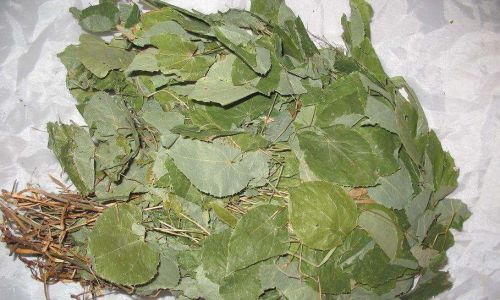
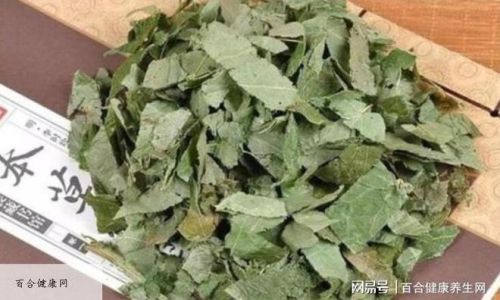
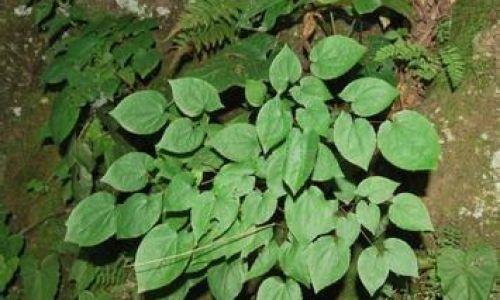
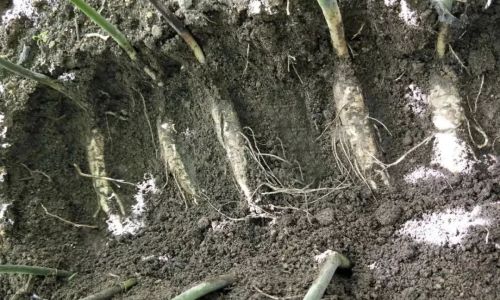
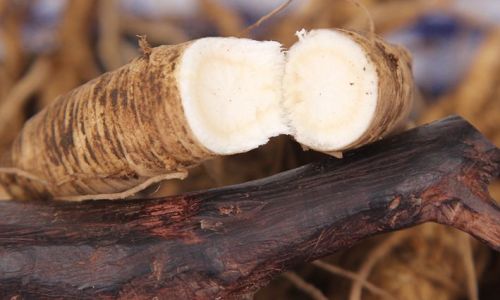
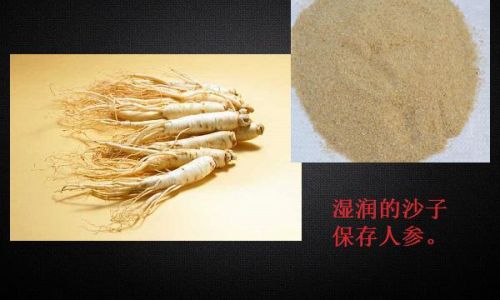
0 comments